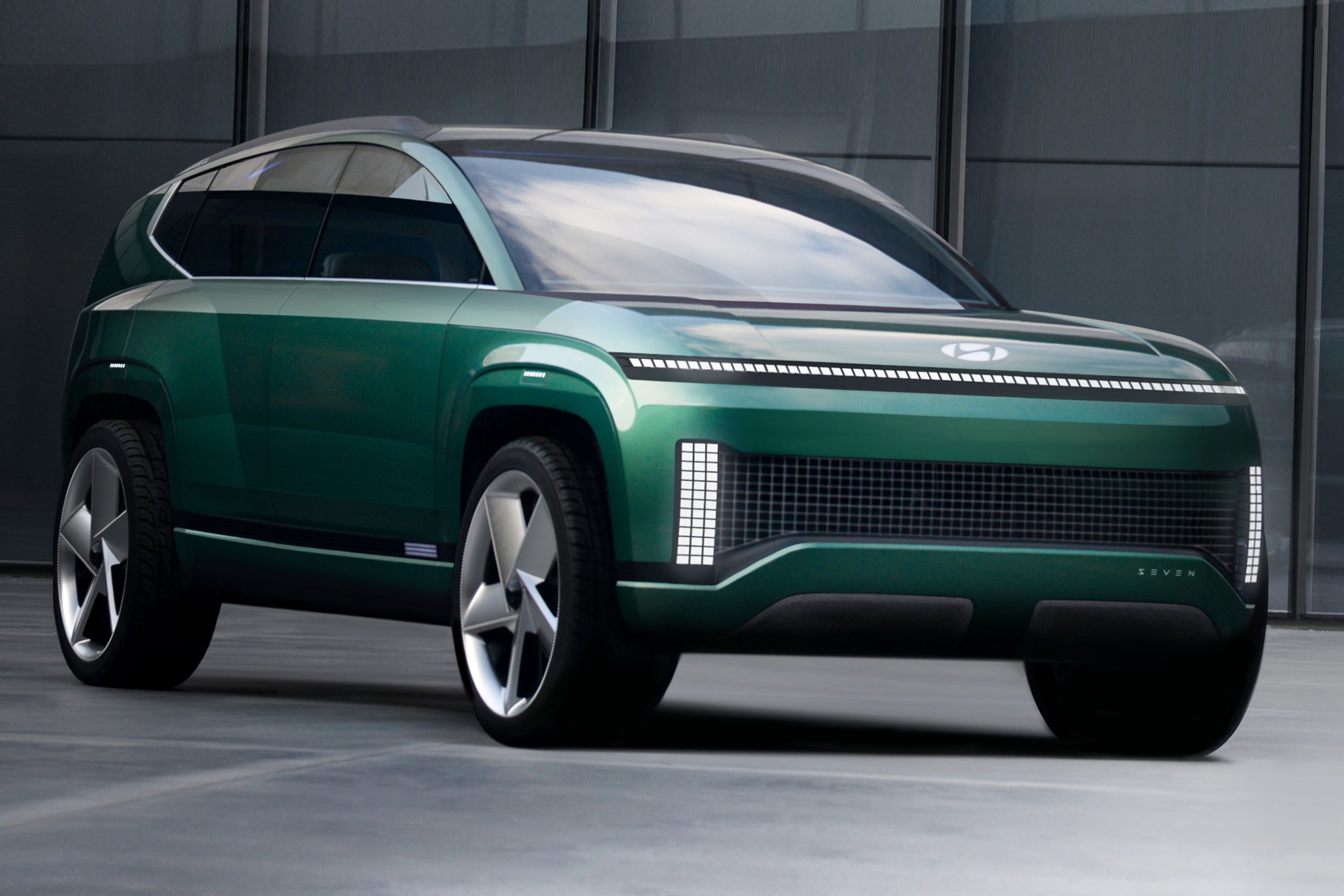
In the wake of a global pandemic, hygiene and sanitation are hot research topics. Hyundai is already well-established in this field, with a recently-explained patent detailing how Hyundai plans to sanitize a car trunk and its contents, while its upcoming Ioniq 7 EV is already known to feature an interior air sanitizer. CarBuzz has discovered another patent at the United States Patent and Trademark Office (USPTO), which may describe how the Ioniq 7's interior air sanitizer will function.
Hyundai's new patent details a vehicle divided into sections, with each passenger seat located in its own area. These sections aren't defined by physical barriers but instead employ a series of air curtains to separate them. In its most basic form, each seat will have at least two air curtains surrounding it - one placed longitudinally and one transversely.
Each air curtain is formed by one or more fan-boosted air inlet vents in the car's roof panel, with corresponding boosted extractor vents near the car's floor. The extracted air is sent through a purification system before being sent back into the car's interior.
The patent application doesn't detail the actual mechanism that sanitizes the air drawn from the air curtains. Still, we imagine it would be ultraviolet-based, with an ionization module and activated carbon filter.
By blowing air with a laminar flow pattern (free from flow disturbances and vortices) in from the top and extracting it at the bottom, a continuous-flowing air curtain is created, virtually isolating the air pockets.
Furthermore, additional air vortexes can be induced in each seating section for individual climate control purposes. This concept can also be expanded by adding other inlet and extractor vents along the cabins' outer edges, next to the doors. In this case, the entire cabin volume is isolated from outside air, preventing the entry of polluted or contaminated air from the environment when a door is opened.
However, the control system is clever in this design because the air flowing through the extractor ducts and the intake plumbing is continuously monitored for purity and the presence of contaminants. This allows for real-time adaptation to changing conditions and can even isolate a particular seating section's air from the rest of the vehicle.
The system can also detect, via seat occupancy sensors, thermal imaging, or cameras, whether a seating section is occupied or if the air curtains are breached by errant limbs sticking through them, and adapt its operation accordingly by re-routing the air curtains' flow directions.
Apart from the occupants' personal hygiene needs, this system will also be a bonus for vehicles in which there is a high turnover of occupants, such as ride-sharing or taxi services. It will reduce the transmission of airborne contaminants and pathogens between passengers and the driver, and the continuous supply of purified air will make traveling through polluted city streets a lot more bearable.
